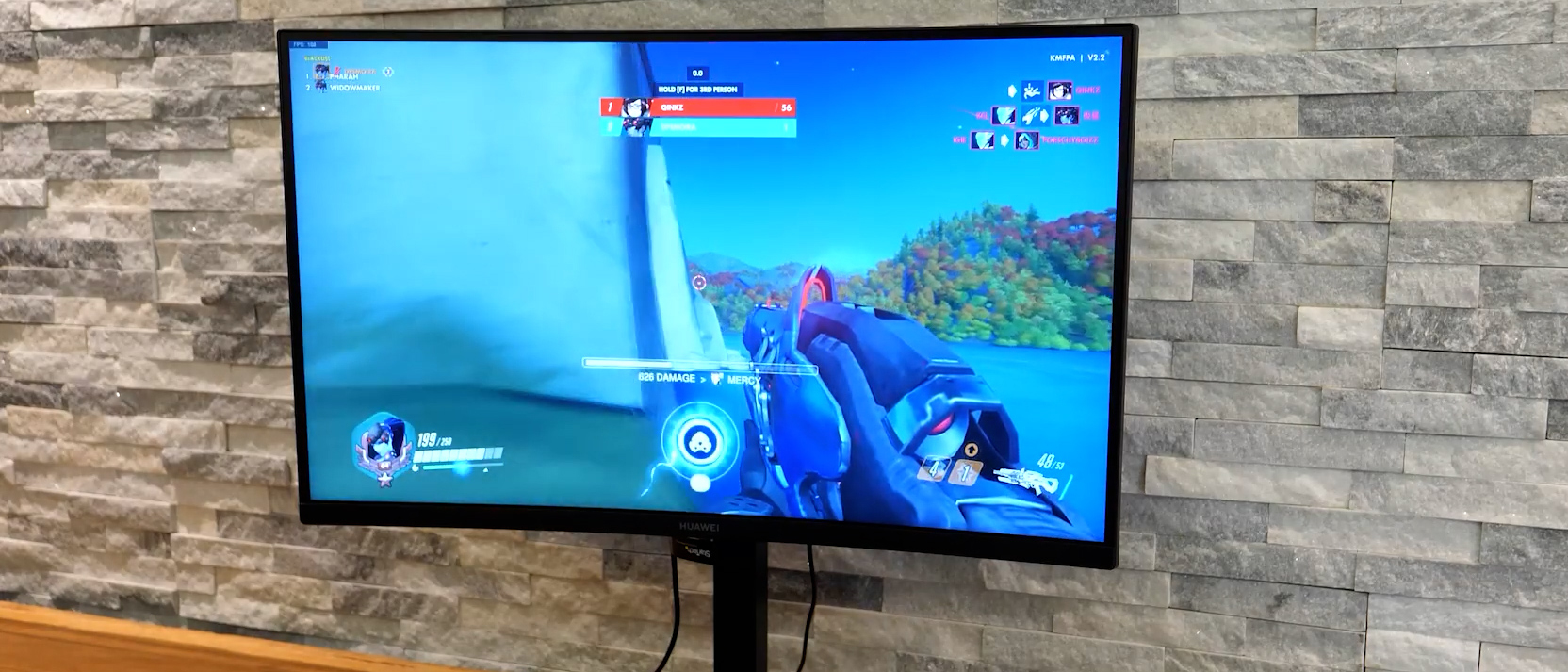TechRadar Verdict
The Huawei MateView GT 27” does the job well with what it has, but it is hard to recommend this over similarly spec’d models which outperform it on many aspects. At AED 1,499, the monitor neither wows with its performance, nor does it undercut the competition with the price like its 34” model did.
Pros
- +
Elegant design
- +
Largely accurate panel
- +
Relatively fast
Cons
- -
Lack of ports
- -
HDR mode
- -
Backlight bleeding and ghosting issues
Why you can trust TechRadar
One-minute review
For a relative newcomer to gaming hardware, Huawei’s MateView GT lineup of gaming monitors are very confident steps forward. The MateView GT 27” Standard Edition packs a reasonably accurate VA panel, 1500R curved screen, 165Hz refresh rate, HDR support, and all the bells and whistles that comes with a gaming monitor (overdrive, Dark Field, game assists, etc).
However, unlike its 34” model which undercuts the competition on the price, the MateView GT 27” doesn't really achieve that at AED 1,499. There are plenty of other options available from more known brands like Asus, MSI, Samsung, LG, etc. at around the same price, and all offering more input ports, snazzier designs, and ergonomic options.
The only thing that makes the monitor a little more exciting for the price is the AMD FreeSync and NVIDIA G-Sync compatibility, something Huawei neither mentions in the manual, nor in its marketing material for some reason. The option is hidden and must be enabled manually to access it.
But despite this, Huawei still has a fight on their hands to attract users towards the MateView GT 27”. While it offers solid gaming performance, it’s not the fastest monitor on the market, and its lack of ergonomic features and input ports really hurts its potential.
Design and Features
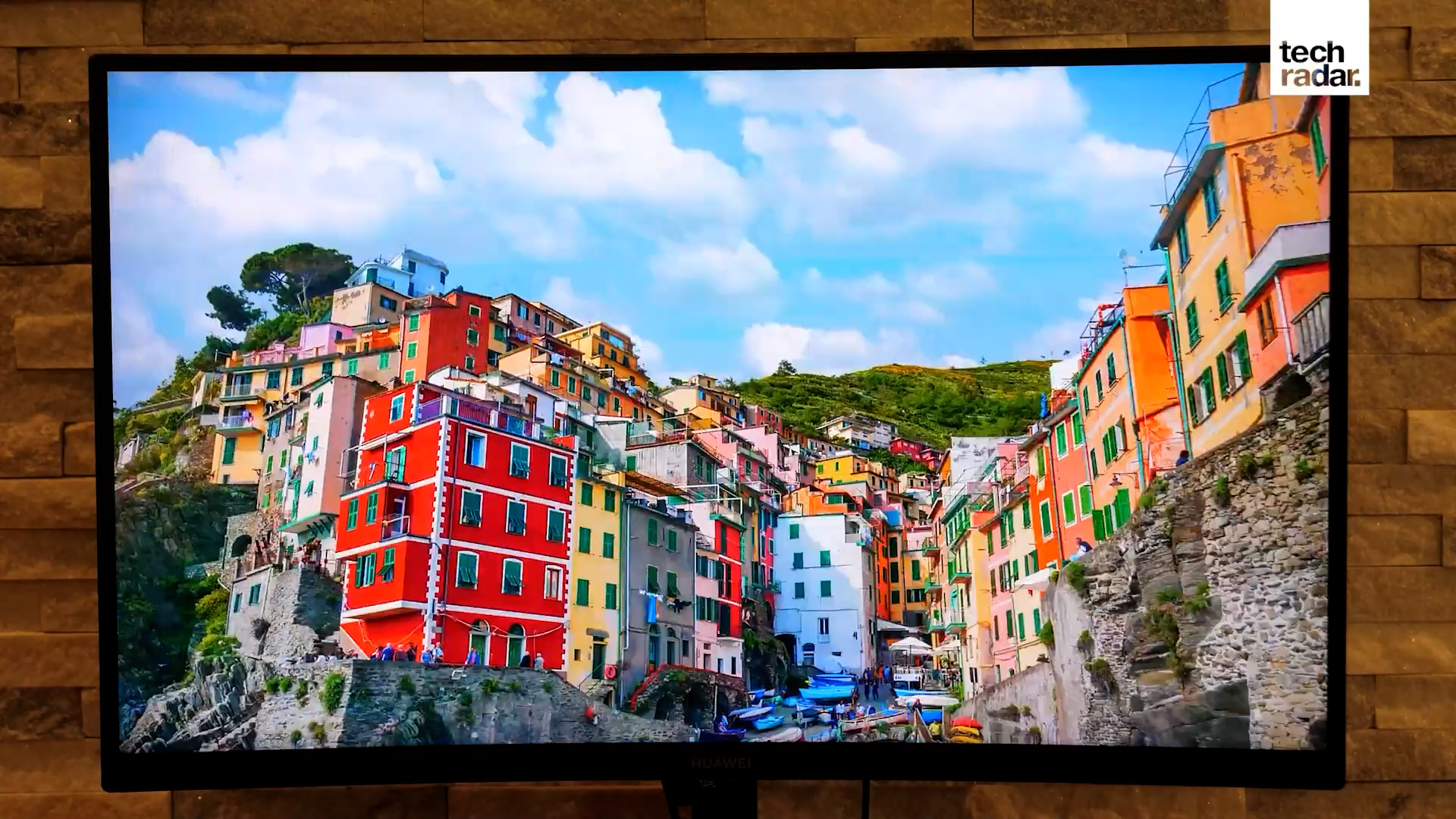
Much like the 34” model, the MateView GT 27” is minimalistically designed and shies away from catering to the ‘gamer-centric’ aesthetics. There are no garish colors, edgy cuts, or any RGB bling on the monitor. The only ‘pop’ to the visual design is the silver circle on the back - it’s not reflective or anything like that, but gives a pleasant break from the largely one-color tone of the monitor.
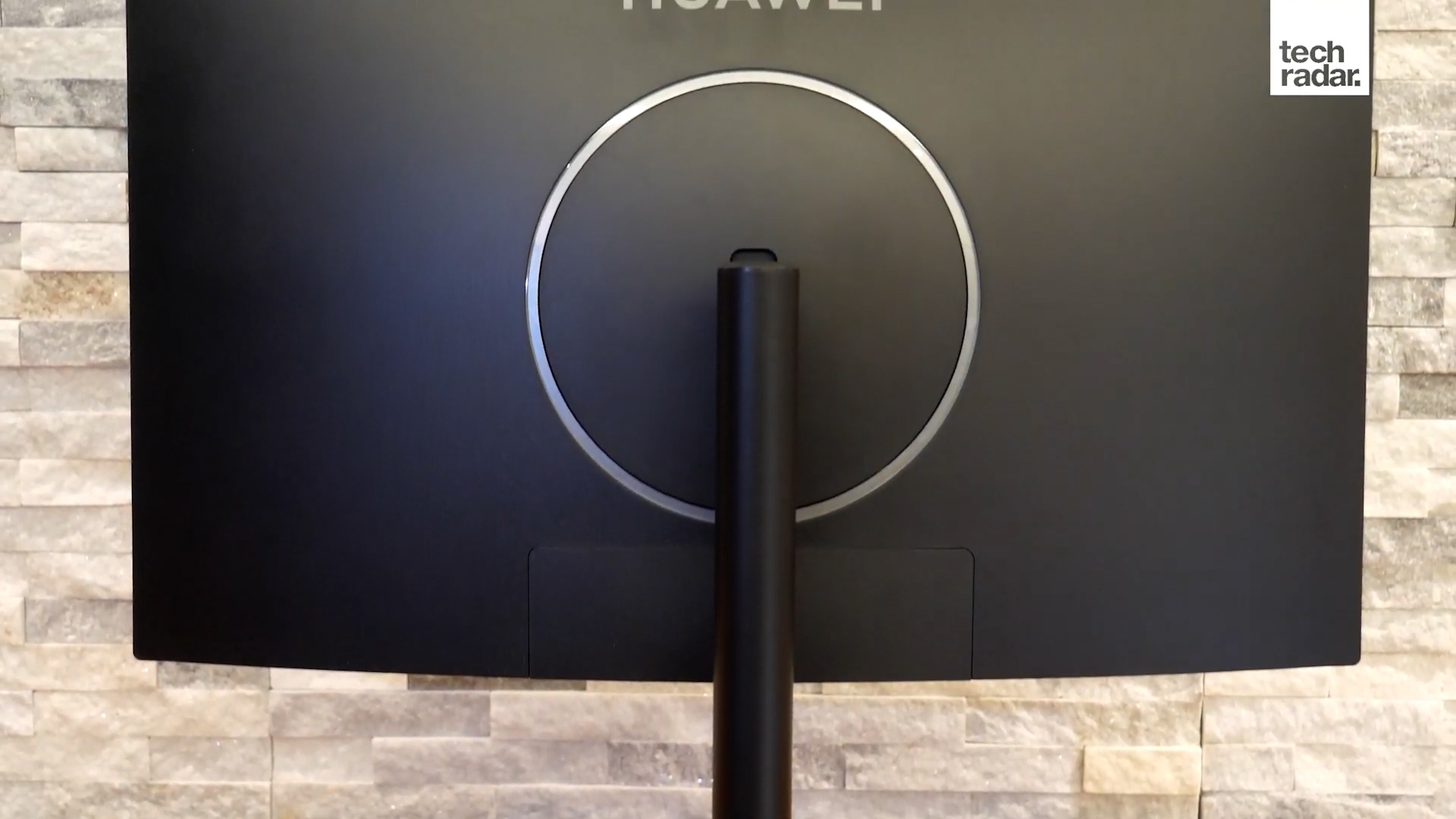
The overall design is exactly the same between the two models, except for the 27” version where the front-loaded speakers are stripped away for a solid steel base. The T-shaped stand is inoffensive and feels sturdy, however it takes up space from the front rather than from the sides, which might be problematic if you are short on desk space.
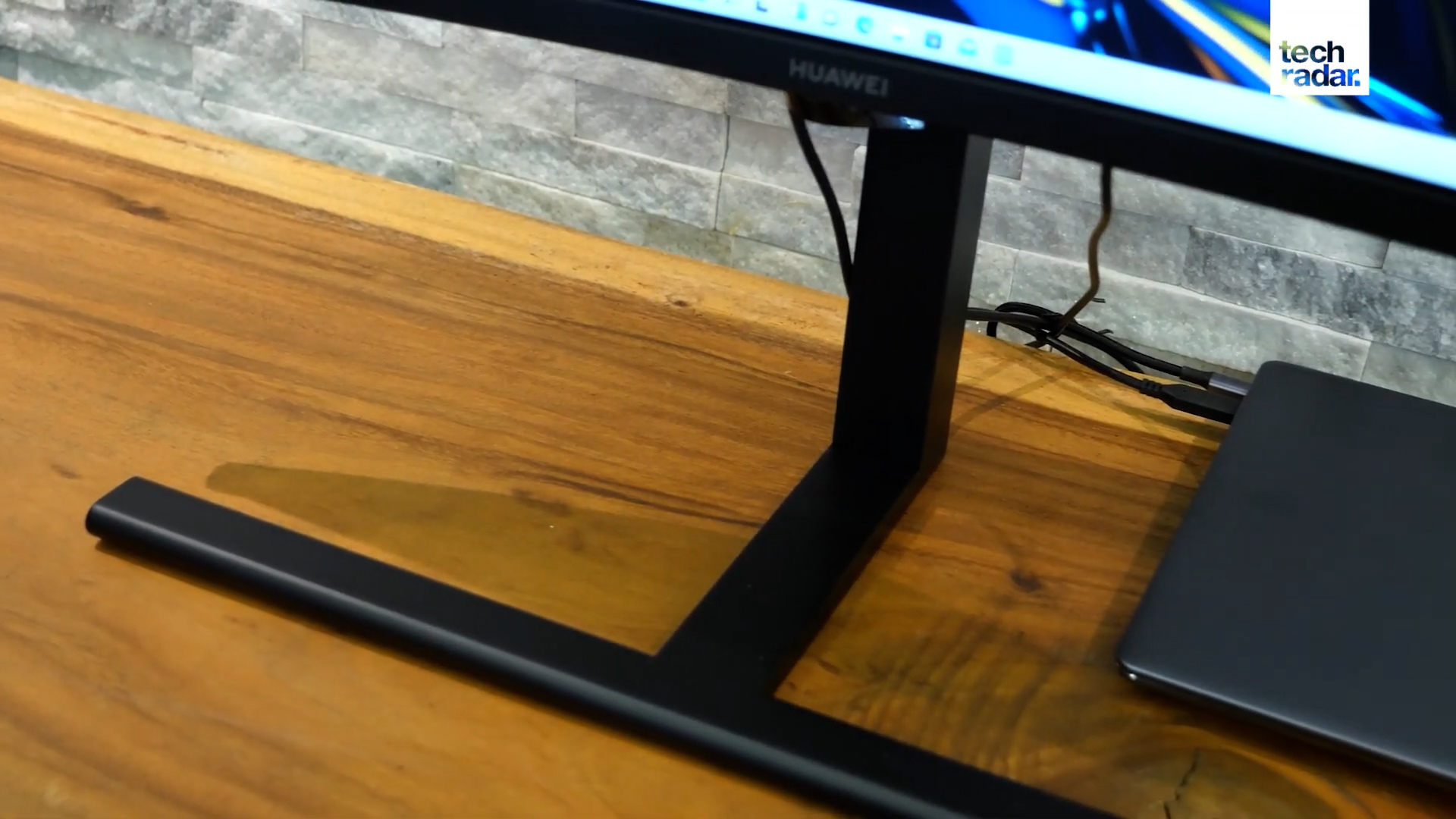
The stand offers height and pitch adjustments, but no swivel or rotation support which is rather disappointing. Thankfully, the monitor is fully VESA compatible, so you can either mount it to a wall or monitor arm for additional ergonomic support.
There is also a lack of cable management solutions on the monitor, so you will have to either leave the cables awkwardly dangling from the back, or tie them up yourself.
Going with the whole minimalist approach, the MateView GT 27” only has a single joystick which controls the on-screen menu, as well as doubles as a power on/off switch. You can turn on the monitor by pressing on the joystick once, but to turn it off, you will have to press and hold for three seconds, which can get annoying if you are in a hurry.
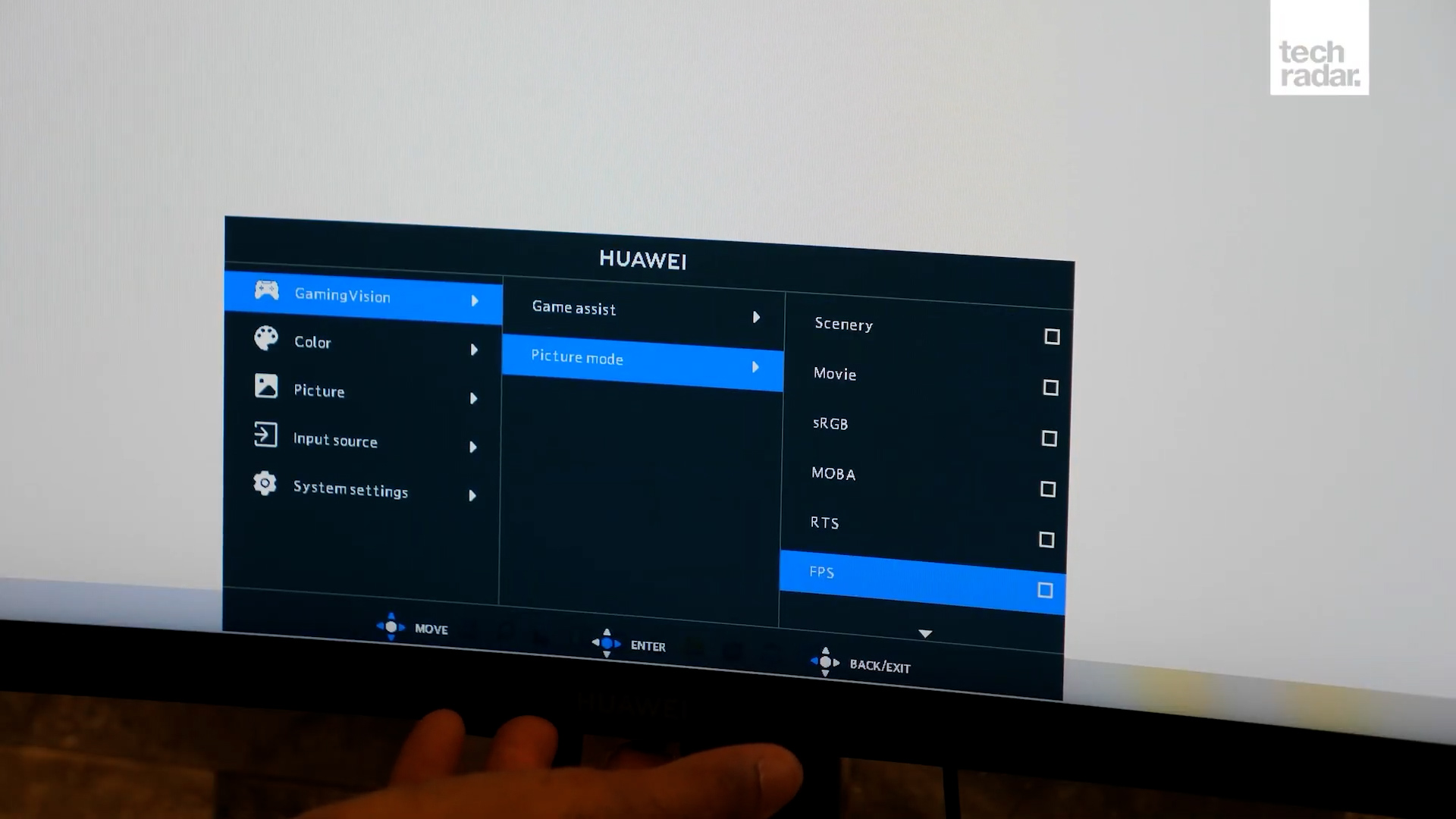
The on-screen menus are easy to operate and well-laid out. The GamingVision menu lets you enable gaming assistive features like dark field control and digital crosshairs, as well as lets you select from a variety of picture presets like Movie, Scenery, FPS, RTS, SRGB, etc. The Color menu stores the brightness, contrast and blue light controls, while the Picture menu allows you to turn Adaptive Sync on/off (when you have manually enabled this) as well as the Overdrive feature. The Input Source menu is self explanatory (and with just two inputs, there isn’t much there), and the System Settings menu lets you tinker around with how the monitor should behave, including configuring joystick shortcuts.
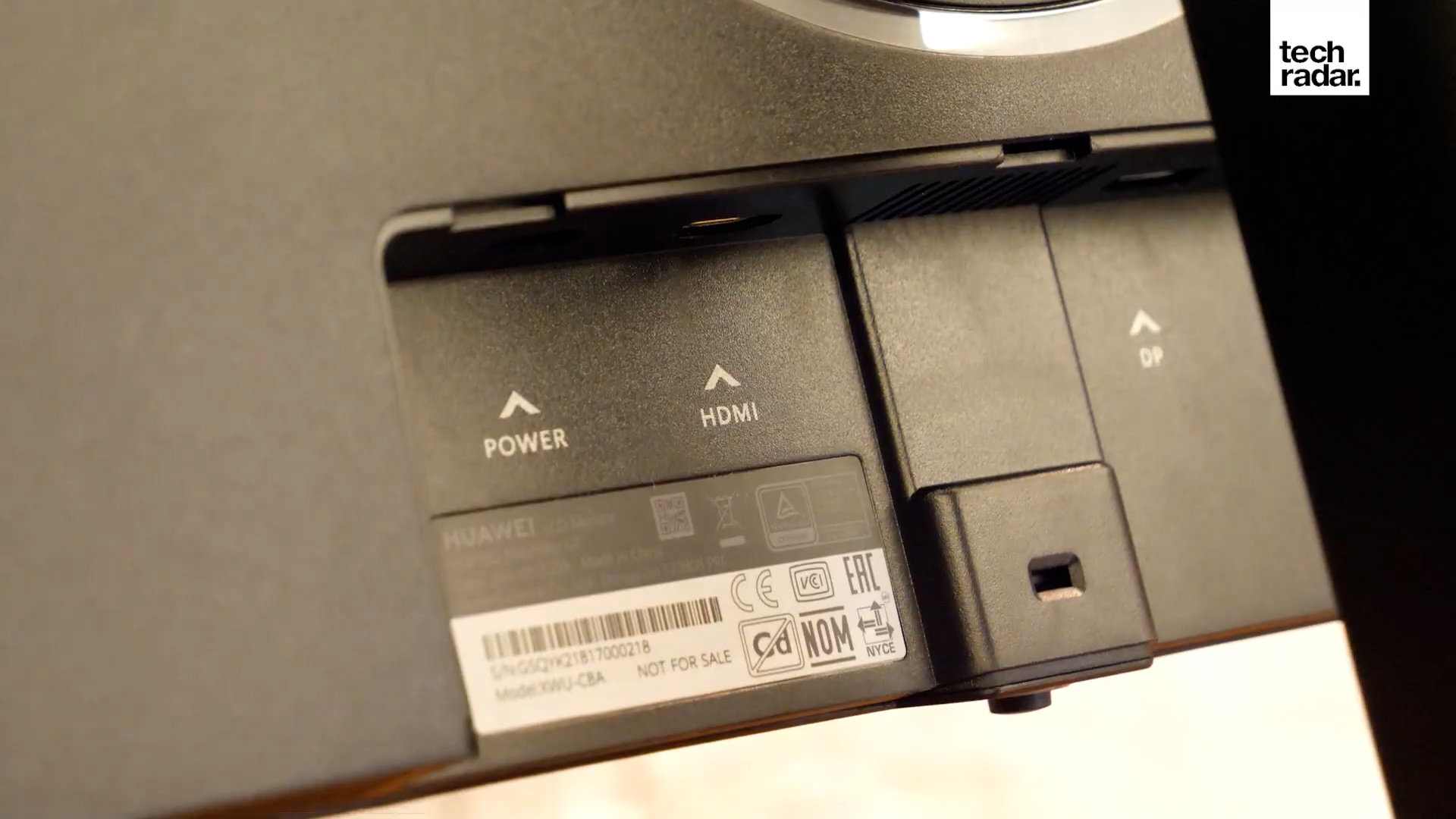
In terms of inputs, there’s a rather paltry total of two usable ports - 1x HDMI, and 1x DisplayPort. The USB-C connection is used for power, or you can plug in your laptop to use it as a secondary screen. For the price, an additional HDMI port wouldn’t have hurt - an important inclusion if you are a console gamer and want to plug in both the PS5 and Xbox Series X to the monitor. The lack of a basic 3.5mm audio port is surprising too, considering the 34” version had a full-fledged speaker system strapped onto it.
Performance
The 27” VA panel puts out 1440p resolution at a smooth 165Hz refresh rate, and performs similarly to other VA panels out there. It manages to reproduce around 120% of the sRGB color space (at 8-bit color spectrum) and 90% of the DCI-P3 space, which means you will be getting largely accurate colors without tinkering around with the settings.
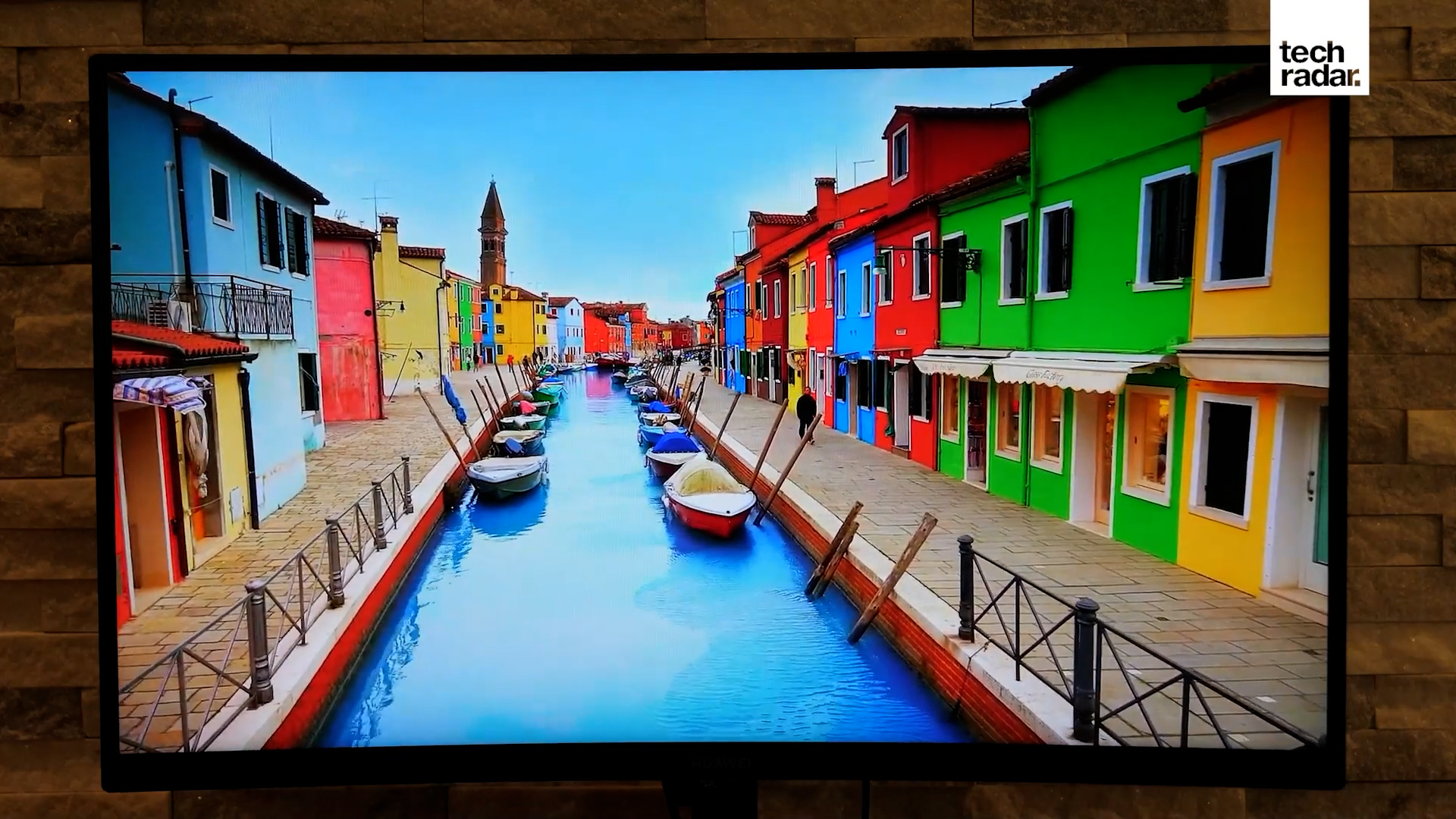
We say ‘largely’ because the screen has trouble producing some colors accurately. Anything with a lot of red, blue and yellow tones will be a bit too punchy and brighter than the colors, and also cause detail loss. For example, on Disney+ Welcome to Earth Episode 3, Will Smith’s red t-shirt is completely blown out and looked like a misshapen red blob rather than a piece of clothing.
To tame this, we suggest using the sRGB preset which brings the color range to a much more eye-pleasing level. However, you will have to deal with over-blown colors if you are fond of using the HDR mode, which locks you out of the contrast and color settings. The only way to adjust the colors would be to jump into your graphics card’s control panel, which is less than ideal and could be cumbersome to use.
Speaking of HDR, as expected, engaging it has no noticeable effect on the picture quality. With a peak brightness of around 390cd/m2, the screen gets bright enough for general use, but not enough to actually use the HDR data to its benefit. You can use the mode to quickly get a bright and more punchy image, but do not expect to actually see HDR quality images from it.
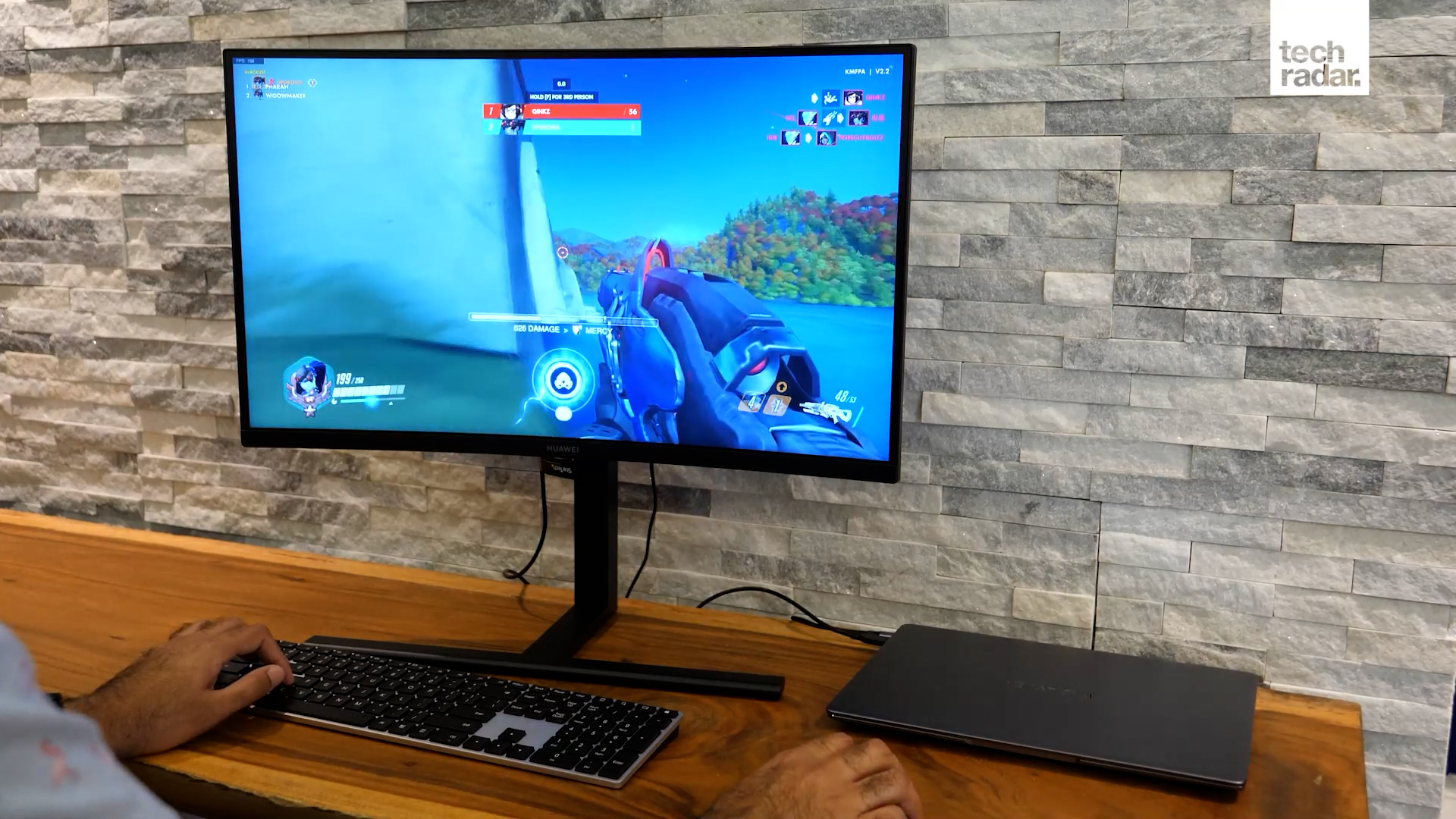
In terms of gaming performance, we poured in around 10 hours of Halo Infinite Multiplayer with the monitor, and it was able to handle our erratic moments and twitchy firefights with speed and accuracy. But like most VA panels, there is a bit of ghosting (as spotted on the Blur Busters test) which can be mitigated by turning up the Overdrive setting to 4 (from the default 2).
However, we noticed a lot of artifacting with that value and we would suggest keeping it at the default setting for a balance between picture quality and speed. In our experience, the ghosting was a complete non-issue while playing games (unless you really look for it), and most players probably won’t notice it anyways.
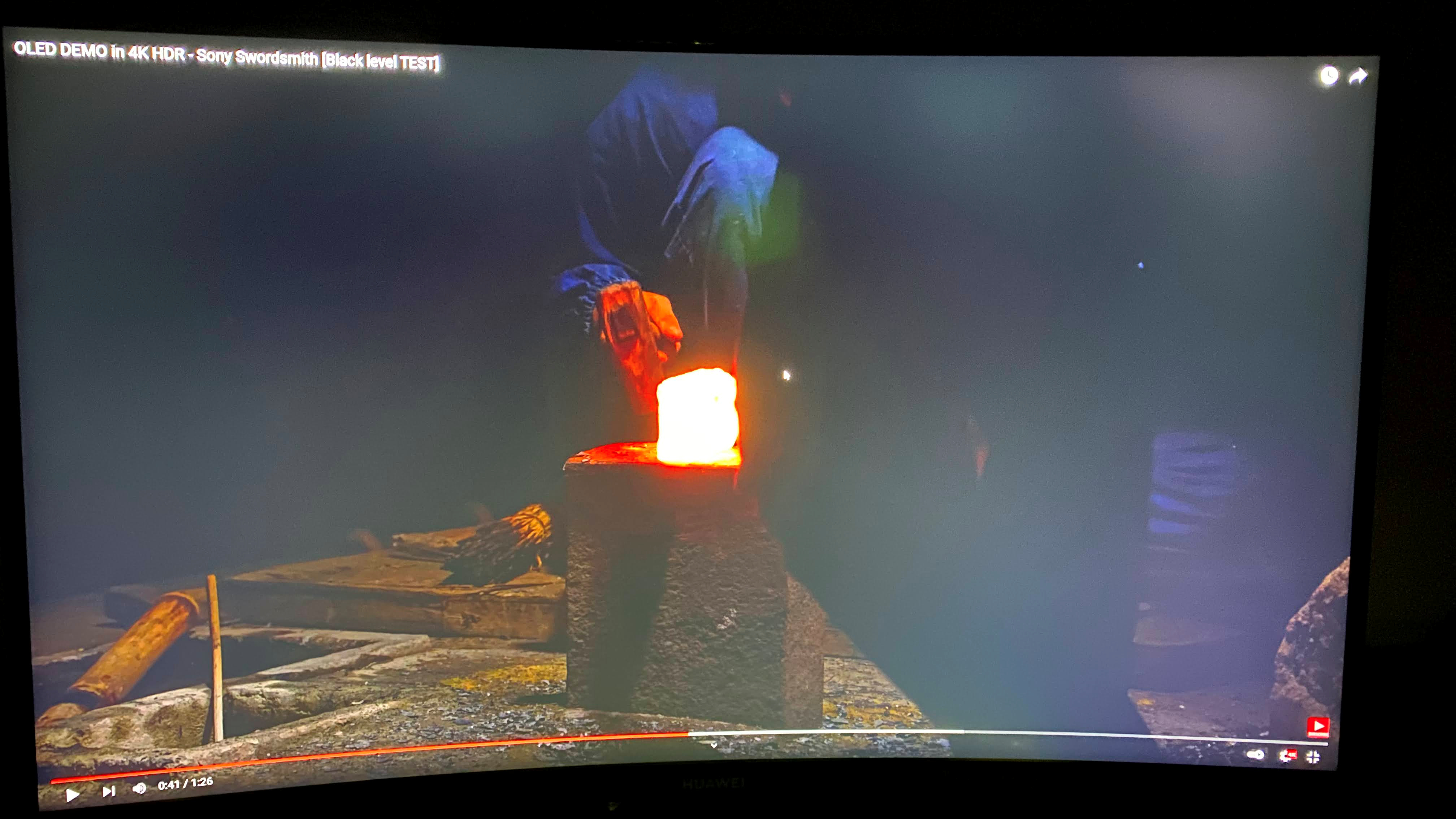
When it comes to panel uniformity, the VA panel expectedly suffers from variations from top to bottom. While it’s quite noticeable at first, it becomes a non-issue after a while once you get used to it. There is also a noticeable amount of backlight bleed from the top right corner of the screen, and general cloudiness during the dark scenes.
The MateView GT 27” also has AMD FreeSync and NVIDIA G-Sync compatibility, but for reasons unknown to us, Huawei does not enable this by default. To access this setting, move and hold the joystick away from yourself for 10 seconds, after which the on-screen menu will pop up with the Adaptive Sync option now available. If you have an NVIDIA card, you’ll have to manually enable G-Sync from the control panel. Do note that the monitor itself is not G-Sync certified but the feature works absolutely fine when it is enabled. We capped our FPS in Halo Infinite to 55fps and noticed no screen-tearing whatsoever.
Should I buy the MateView GT 27?
Buy it if…
You want an elegant-looking gaming monitor
The MateView GT has a great design and looks sophisticated with no garish color schemes or edgy designs. If you want something that looks elegant on your desk, this monitor is worth a look.
You want a 1440p/165hz monitor for casual gaming
The monitor’s 1440p/165Hz capability is excellent for casual gaming, and it’s speedy enough for some competitive play, as well. The hidden AMD FreeSync/NVIDIA G-Sync compatibility also adds to a smooth gaming experience.
Don’t buy it if…
You want more features and input ports
At AED 1,499, the Huawei MateView GT 27” is competitively priced, but it loses its edge when it comes to the lack of input ports and ergonomic options that other competing brands provide.
You want the fastest gaming monitor
While the monitor is quick and responsive for FPS gaming, those looking for the fastest of the lot won’t find it here. For casual gamers, however, this should more than suffice.
You want accurate colors
The VA panel on the MateView GT 27” is great, but has a tendency to blow out some colors while using a non-sRGB preset.
Mufaddal Fakhruddin is an experienced Editor with a demonstrated history of working in the computer games industry. He is skilled in social media, video idea creation and production, media relations, and journalism.
